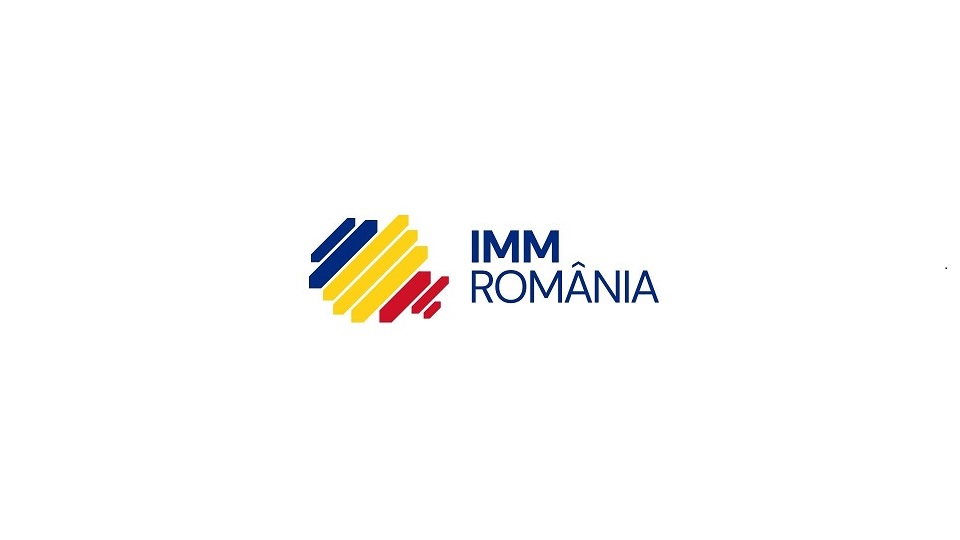The foreign nationals’ migration to Romania is on the rise

The West University of Timişoara has released the results of an international project that aims to support the relevant authorities in developing efficient policies for the integration of immigrants on the labour market as well as for their socio-cultural integration. The data were made public during the workshop “Immigrants in Romania. Risks, opportunities and solutions for facilitating the integration process”.
The Dean of the Faculty of Sociology and Psychology, Marius Matichescu, has said the study reveals that the inhabitants of Timisoara show greater tolerance towards immigrants than people in other areas of the country, and Romanians, in general, show greater tolerance towards migrants than people in other Western countries. We are witnessing an upward migration trend; whether we had seen migration mainly from the Republic of Moldova or Turkey until 2021, things have constantly changed ever since. Nepal and Sri Lanka are the countries that provide the largest number of migrants, and their number is on the rise. The key areas that attract the largest number of migrants are constructions, the hospitality industry and the trade sector. It’s a new reality that we start to get accustomed to. The level of tolerance towards migrants is higher in the multicultural city of Timisoara, as compared to the overall level in the country, just as the level of tolerance in Romania is higher than the European average.
According to the sociologist, the population’s lack of tolerance towards immigrants is greater among those who have never come into contact with them, while interaction and knowledge of the other is the determining factor when raising the level of tolerance. On the other hand, the immigrants’ better integration can only be achieved with support and facilitation from state institutions, two elements being essential: learning the Romanian language as well as social values and skills, because people come from countries that are totally different from Romania, from a cultural point of view.
The immigrants’ problems include lack of residence permits, the payment of salaries is not made in due time, discrimination, difficulties in accessing health and education services, the integration of children into schools, as well as the lack of a positive perception among the local population.
The study shows that the Romanian population is very polarized, from open and understanding people to radicals who show discrimination and hatred towards immigrants, the latter category being made up mainly by elderly people, unemployed or people in the low income bracket. The results of the research point to a solution: inter-institutional collaboration to corroborate data on immigrants, start functional public policies, ensure a decent living, support socio-cultural and educational integration, fight discrimination and promote a positive perception among the population.
Professor Simona Sava, coordinator of the project “Immigrants in Romania. Risks, opportunities and solutions for facilitating the integration process”, shows there has been a great need of immigrant workers in Romania over the past 3 years, the Government approving an annual quota of 100,000 immigrants, whereas employers say they would actually need 250,000 immigrants. Migrants have many and diverse needs when they come to an unknown country: health insurance needs, educational needs, if accompanied by their families they need to integrate their children in schools and so on. Their problems are quite difficult, numerous and complex. So, we cannot just say that we bring them over and use them as a workforce, as we should ensure a decent living for them and we should integrate them, the more so as we see a polarization of Romanians, from those who are open and understand the migrants’ need and are aware of the situation of Romanian migrants who are going through a similar situation in the countries where they work, up to radicals, who are against migrants. We should take action at all these levels, Sava has added.




